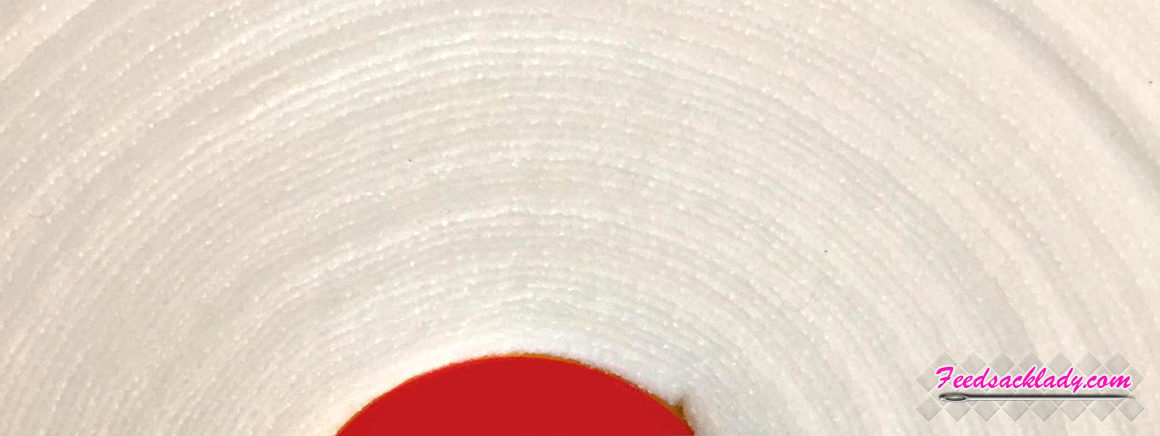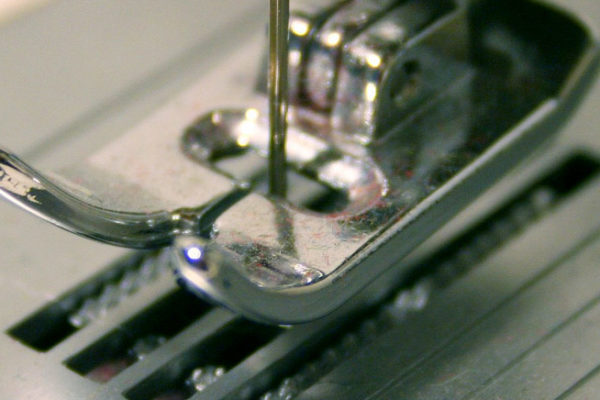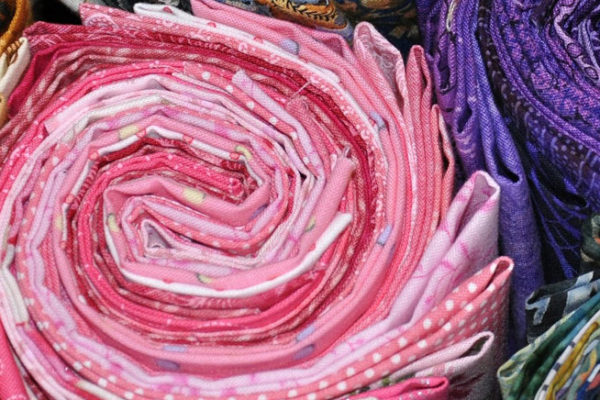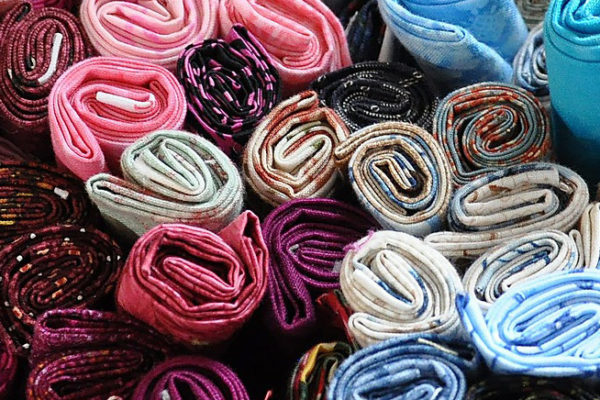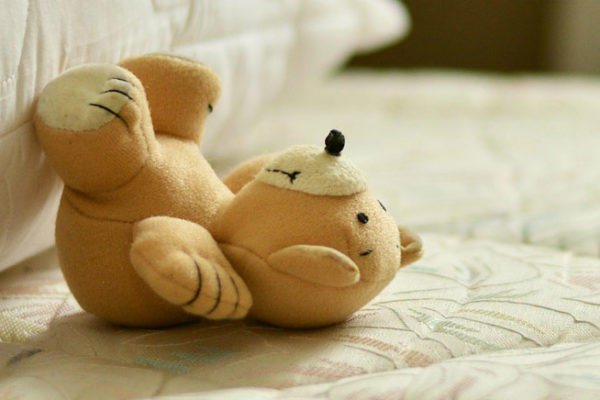Batting in the quilting world is the stuffing in between the outer fabric layers. It’s the stuff that makes your quilts fluffy and soft as well as what makes your quilt warm.
But how do you go about choosing batting for a quilt? Well, rather than overwhelming you with info, I’m going to break quilt batting for you. There are plenty of options when it comes to batting, but reading this article should help clear out your confusion.
There are two factors you should consider when choosing batting for a quilt:
- Loft: The thickness of your batting. Low Loft batting gives you a thinner quilt but is easier to stitch at home. High Loft batting can result in thicker quilts that feel like a high-quality comforter. High Loft quilts are a little more advanced than Low Loft quilts but provide greater insulation and fluffiness.
- Fiber: The material of your batting. Polyester, Cotton & Poly Blend, and 100% Cotton are the most common quilt batting materials. You can also find Silk, Bamboo, and Wool to be interesting and unique alternatives.
Here’s a little more detail into the types of Batting fabrics you can choose for your quilt:
Polyester Batting For Quilts:
Polyester is the least expensive material to choose from for quilting. Its also durable and lightweight, making it a favorite for many quilters. If you are looking for batting for hand-quilting, the low loft polyester is a great choice. This is because it doesn’t need to be quilted closely to stay together. This type of batting is also one of the warmer options to go for.
You can also choose the high loft option if you are looking to make a thicker quilt. The only downside of polyester batting is that it is known to ‘beard’. Bearding is when the polyester fibers come outside through the fabric.
100% Cotton Batting For Quilts:
Cotton is light and breathable and feels like a thick flannel. If you are looking to make a quilt that will be frequently used and washed, go for 100% cotton batting. It does shrink a little after the first wash but this also results in a softer feeling quilt. Washing cotton quilts are also a breeze and they also last a long time.
That said, 100% cotton requires the stitches to be closer together as compared to polyester. It’s also the heaviest batting you can use. So, using it for a child’s quilt may not be a great idea. This is especially true if you plan to use high loft 100% cotton batting.
Cotton/Poly Batting For Quilts:
Cotton blends (common ratios are 80% cotton: 20% polyester) provide you the best of both worlds. This is less expensive than 100% cotton and doesn’t shrink either. While you can hand stitch with cotton/poly batting, we recommend you use machine stitching instead. This is also my preferred batting choice when it comes to quilts.
You can also look for battings with ‘Scrim’. Scrim is a thin layer of stabilizer inside the batting that helps maintain the structural integrity of the batting. This makes your quilt strong as well as stable. It also allows your stitches to be further apart. However, the scrim can make it difficult for hand-quilting and is designed to be used with machine quilting.
Bamboo Batting For Quilts:
If you are an eco-warrior, bamboo batting is a great option for quilts. That said, most bamboo battings are sold with a cotton blend, which improves their breathability. You can machine quilt this batting as well as hand quilt it.
You can also get Bamboo Fusible batting that has fusible resin on both sides of the batting. Ironing the three layers can bind them together temporarily. For most quilters, fusible batting is used for small projects because of its price.
Wool Batting For Quilts:
Wool is a premium batting option for making luxurious quilts. Wool is warm as well as light-weight. It also resists creasing and folding. However, there are a few drawbacks when it comes to wool batting. The high price tag is something that puts off most people considering wool for their next project. It may also cause allergic reactions for some people.
So, if you are planning to make a wool quilt as a gift, make sure that the receiver isn’t allergic. You should also check the label to see if the wool batting has been pre-shrunk. This is because 100% natural wool fibers shrink after use and wash.

